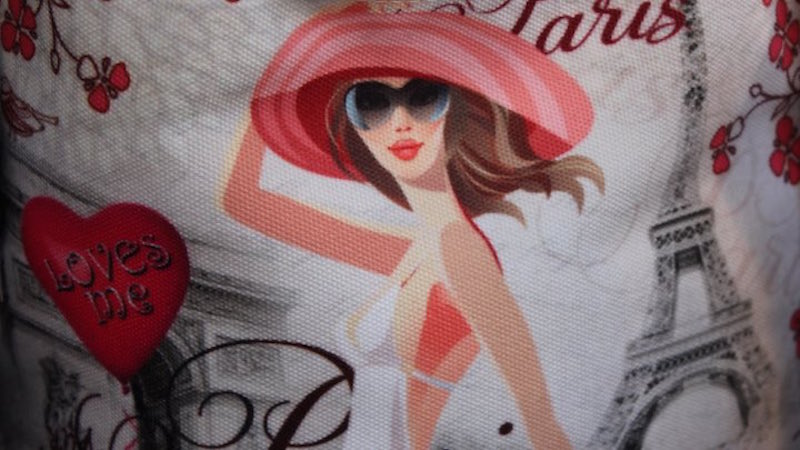In the second half of the 19th century Paris saw the confluence of two major streams of change.
The first was to the French capital itself. The cramped old arrondissements were demolished to make way for Baron Haussmann’s broad new boulevards. This spurred a boom in the middle classes that, among other things, flooded the streets of the City of Light with women who subtly signalled—through an orchid in the hair, a raised hem, or an unusually direct stare—their sexual availability.
The second was the rise of the Impressionist movement, led by a phalanx of new painters such as Pissarro, Manet, Degas, Monet, Renoir and Sisley. In another sign of growing female empowerment, it included Berthe Morisot and Mary Cassatt in its leading ranks.
These two streams of change were natural bedfellows. The Impressionists were upstarts, intruders and violators of the existing social order just as much as the cocottes with their gaily-coloured parasols. The painters rapidly worked their way through the sights of the new Paris—Claude Monet’s Gare St Lazare (1877) turns a grimy train station into a shimmering landscape of steam and steel. Their eye soon fell on the women who might—or might not—be selling themselves on the boulevards and in the cafés.
Splendours and miseries
According to Richard Thomson, curator of the Musée D’Orsay’s Splendours and Miseries: Images of Prostitution 1850-1910, the first major exhibition of art about prostitution in 19th century Paris, it was “slippery” identifying just who was for sale. “This ‘was-she-wasn’t-she’ was the great question of the age”. Although much discussed in private—no doubt with equal fascination by both genders—in public it was a different matter.
The first major collision between Paris, prostitutes and paint occurred at the 1863 Salon des Refuses, a secondary exhibition for paintings that were not accepted into the main Salon under the patronage of Napoleon III. In Edouard Manet’s Luncheon on the Grass, two young men—“dandies” in the terminology of the day—have lunch in a clearing. Behind them, a woman in dishabille bathes in a river.
More strikingly, a nude woman sits with the dandies and, without a care in the world, stares at the viewer. Her shamelessness, not her nudity, caused affront. “A nonchalant bréda [prostitute]… completely naked, impudently lounges… It is a festering sore, unworthy of comment,” wrote art critic Louis Etienne. Somehow he missed the hypocrisy of commenting on something he has just pronounced unworthy of it. Luncheon on the Grass was an instant succés de scandale.
A hard day’s night
Manet continued with the bold strokes. In 1865 he exhibited Olympia, a reclining nude modelled on Titian’s The Venus of Urbino of 1538. But Manet’s Olympia was not a chaste demi-goddess resting after a hard day of demi-goddery. She was a prostitute resting after a hard night of sweaty copulations.
Manet’s Olympia was not a chaste demi-goddess resting after a hard day of demi-goddery. She was a prostitute resting after a hard night of sweaty copulations.
By now Manet had been promoted to the official Salon. Thousands thronged to Room M to see this shocking portrait of a world that everyone knew existed. Yet no one—except Manet and his model, fellow painter Victorine Meurent—would openly accept it. Gentlewomen averted their eyes. Art critics struggled for words. Art historians Robert Katz and Celestine Dars later wrote that the painting caused “a crisis in the language of art criticism itself”. The painting was soon removed to the farthest, darkest corner of the exhibition hall and Manet’s lifelong infamy was assured.
Attitudes to the paintings of that salacious epoch have changed. “The social history was horrible,” says curator Richard Thomson, “but the paintings are fantastic”. Prostitution, however, remains a battleground. In 2013 the French Assembly took the first steps to implement the so-called Swedish Model that criminalises the buying of sex.
Two years later the Senate overturned the new law. Precisely one hundred and fifty years on from Edouard Manet’s Olympia, the right of women to be the sole determiners of what they do with their bodies remains as contentious as the cocottes of a bygone era, whose lives were so famously captured by a group of painters whose collective brilliance we shall, in all probability, never see again.
Image by Michael H Hallett.

